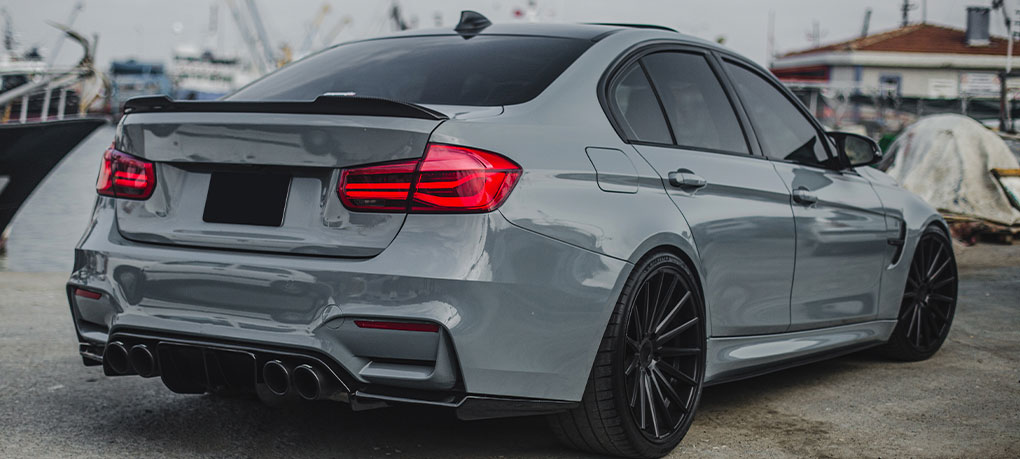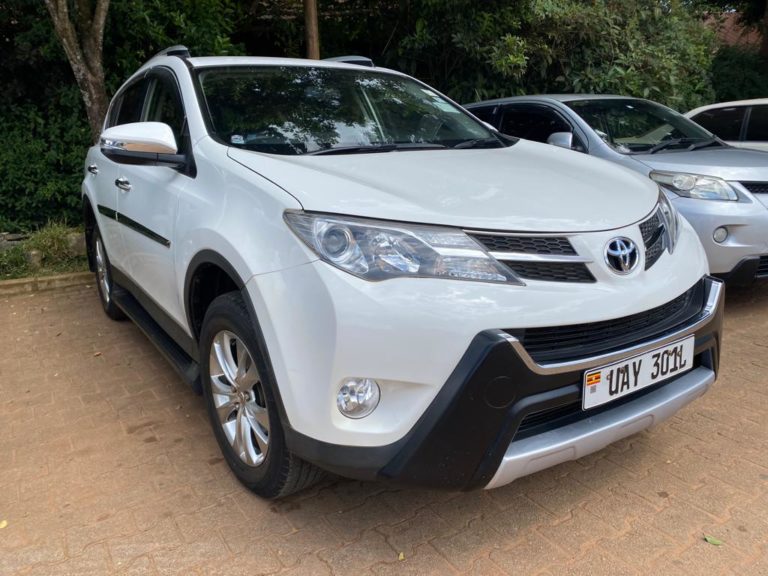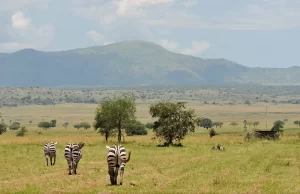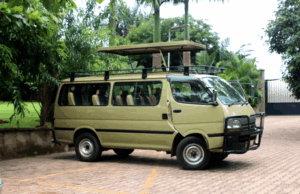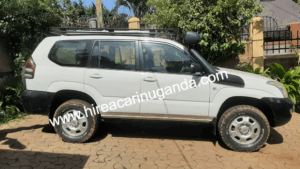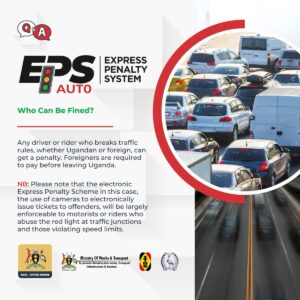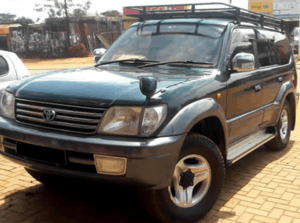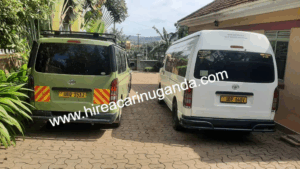Planning a safari in East Africa is one of the most thrilling adventures a traveler can undertake. Whether you’re exploring Uganda’s gorilla highlands, Kenya’s vast savannahs, or Tanzania’s iconic Serengeti, having the right safari vehicle can make or break your experience.
Renting a safari car in East Africa gives you the freedom to explore hidden gems, access remote wildlife destinations, and travel at your own pace.
However, the process can be daunting if you’re unfamiliar with the terrain, vehicle options, or local rental terms.
In this guide, we cover everything you need to know before renting a safari vehicle in East Africa, including practical tips, vehicle types, driving regulations, and safety advice — all to ensure your safari is smooth, safe, and unforgettable.
1. Know Your Safari Destination and Terrain
East Africa is diverse — from Uganda’s lush rainforests and crater lakes to Kenya’s semi-arid parks and Tanzania’s rugged national reserves. Each region requires different vehicle capabilities.
Uganda: Best for gorilla trekking (Bwindi), wildlife safaris (Queen Elizabeth, Murchison Falls), and cultural tours. Roads can be bumpy, especially during the rainy season, so a 4×4 is essential.
Kenya: The Masai Mara and Samburu require high-clearance 4WDs. Be prepared for long drives on rough tracks.
Tanzania: The Serengeti, Ngorongoro Crater, and Tarangire have vast open plains — a sturdy vehicle with pop-up roofs for game viewing is ideal.
Rwanda: Though smaller, it has mountainous terrain — perfect for gorilla trekking. Roads are generally in better condition, but 4WD is still advised for national parks.
2. Choose the Right Vehicle for Your Safari
Different types of safari vehicles are available depending on your group size, comfort preferences, and destinations. Here are the most commonly rented safari vehicles:
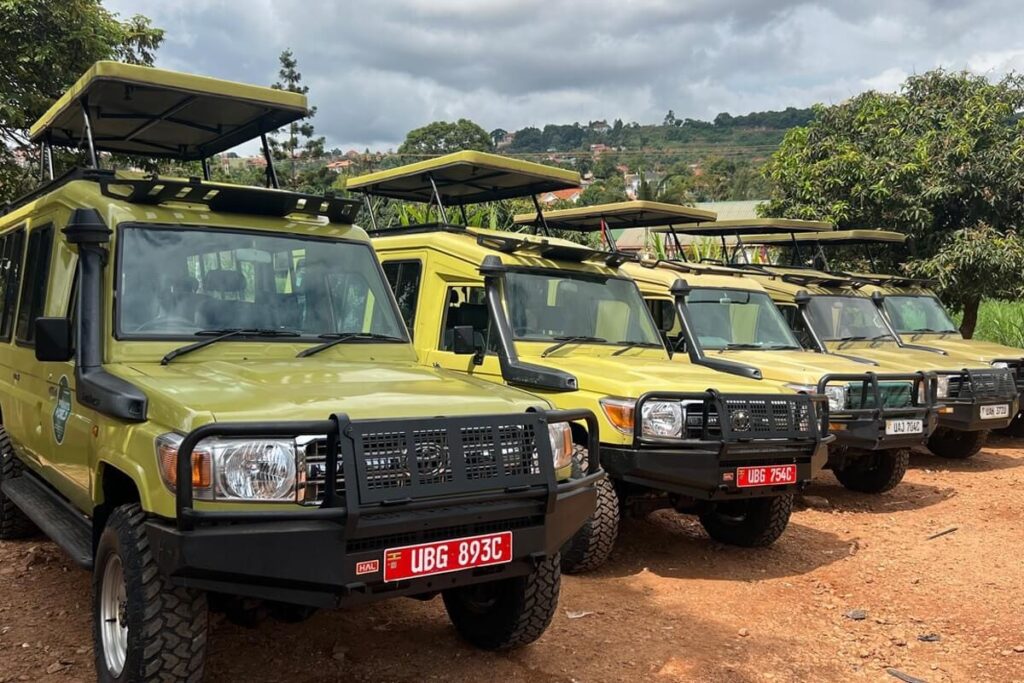
✅ Toyota Land Cruiser (Customized Safari Version)
- Best for long safaris and off-road terrains.
- Comes with a pop-up roof for wildlife viewing.
- Seats 5–7 passengers.
Often fitted with fridges, charging ports, and luggage racks.
✅ Toyota Prado TX / TZ
- Comfortable 4×4, ideal for self-drive safaris or short guided trips.
- Suitable for paved and moderately rough roads.
- Commonly used in Uganda and Kenya for budget-conscious travelers.
✅ Safari Vans (Toyota Hiace)
- Economical choice for small groups (up to 9 passengers).
- Often has a pop-up roof for game drives.
- Lower ground clearance than Land Cruisers, so best for dry-season travel.
✅ Minibuses / Coaster Vans
- Suitable for large groups or family tours with a guide.
- Not ideal for rugged terrain but good for city-to-park transfers.
3. Self-Drive or Driver-Guided Safari?
🔹 Self-Drive Safaris
Perfect for adventurous travelers seeking flexibility. Uganda and Kenya allow tourists to rent 4x4s and drive themselves, especially to popular parks and attractions.
Pros:
- Complete freedom and privacy.
- Explore off-the-beaten-track spots.
- Budget-friendly.
Cons:
- Challenging in remote areas or rough terrains.
- Navigating national parks can be tricky without local knowledge.
🔹 Driver-Guided Safaris
Recommended for first-time visitors, those on tight itineraries, or those visiting less accessible areas.
Benefits:
- Local guides know the best wildlife spotting locations.
- No stress about directions, road conditions, or permits.
- Many guides speak multiple languages and share cultural and wildlife insights.
4. Understand Rental Terms and Insurance
Before booking your safari vehicle, carefully review the rental agreement:
Mileage Limitations: Most safari rentals offer unlimited mileage, but confirm to avoid hidden costs.
Fuel Policy: Some rentals come with a full tank and expect it to be returned full.
Insurance Coverage: Comprehensive insurance is crucial. Ensure the vehicle is covered for:
- Collision damage
- Theft
- Third-party liability
Cross-Border Travel: Planning to visit more than one country? Ask if cross-border insurance and COMESA (Yellow Card) coverage are included.
Deposit Requirement: A refundable deposit is often required. Make sure this is clearly stated.

5. Know the Rules of the Road in East Africa
Driving in East Africa can be an adventure in itself. Roads range from well-paved highways to dusty, potholed tracks in remote areas.
Here are a few things to keep in mind:
- Drive on the left in Uganda, Kenya, Tanzania, and Rwanda.
- Speed limits: 50km/h in towns, 80–100km/h on highways, and 25–40km/h inside national parks.
- Valid driving license: Most rental companies accept an international driver’s permit (IDP) or your home country license (if in English).
- No night driving: Strongly discouraged due to poor road lighting and unexpected wildlife or livestock.
- Watch for wildlife: Especially in parks and rural areas — animals may cross suddenly.
6. What to Pack for Your Safari Drive
Even with a great car, your safari will only be as comfortable as your preparation.
Here are some essentials to bring:
- A GPS or offline map app (Google Maps, Maps.me)
- Spare fuel, especially if going off-grid
- Binoculars and camera gear
- First aid kit
- Snacks and drinking water
- Lightweight clothes and a hat for sun protection
- Flashlight or torch
- Park permits or entrance receipts
7. Why Rent With Us?
At Uganda Car Rental Services, we understand what it takes to deliver a seamless safari experience. Whether you’re planning a short getaway or an extended road trip across East Africa, we offer:
- Well-maintained 4×4 safari vehicles
- Local drivers and professional safari guides
- Cross-border arrangements (Uganda, Kenya, Tanzania, Rwanda)
- Flexible rental terms with transparent pricing
- 24/7 roadside support
Ready to Book Your Safari Vehicle?
Let us help you plan your dream East African safari. Contact us to reserve a 4×4 vehicle or customized safari car today.
Email: [email protected]
Call/WhatsApp: +256 700 135510 | +256 414 699459

